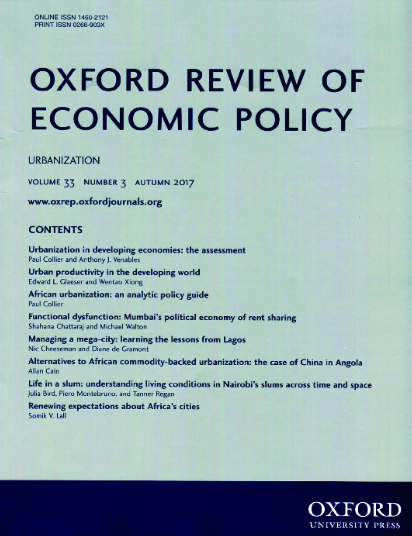How will digital technologies influence the international monetary system?
IF 1.8
2区 经济学
Q2 ECONOMICS
引用次数: 1
Abstract
New and evolving financial technologies, including the advent of cryptocurrencies and central bank digital currencies (CBDCs), will make cross-border payments cheaper and quicker. However, reduced frictions in global capital flows could also result in more capital flow and exchange rate volatility, which is of particular concern for emerging market economies. There will be greater competition among fiat currencies and certain private currencies such as stablecoins in their roles as mediums of exchange for payment and settlement of domestic as well as cross-border transactions. However, neither the advent of CBDCs nor the lowering of barriers to international financial flows will do much on their own to reorder the international monetary system or the balance of power among major currencies. Currencies such as the US dollar that are dominant stores of value will remain so because that dominance rests not just on the issuing country’s economic size and financial market depth, but also on a strong institutional foundation that is essential for maintaining investors’ trust in a currency.数字技术将如何影响国际货币体系?
新的和不断发展的金融技术,包括加密货币和央行数字货币(CBDC)的出现,将使跨境支付变得更便宜、更快。然而,全球资本流动摩擦的减少也可能导致更多的资本流动和汇率波动,这是新兴市场经济体特别关注的问题。法定货币和稳定币等某些私人货币作为国内和跨境交易的支付和结算的交换媒介,将面临更大的竞争。然而,无论是CBDC的出现还是国际金融流动壁垒的降低,都不会对国际货币体系或主要货币之间的力量平衡产生太大影响。美元等货币是主要的价值存储工具,它们将保持这种状态,因为这种主导地位不仅取决于发行国的经济规模和金融市场深度,还取决于强大的制度基础,这对保持投资者对货币的信任至关重要。
本文章由计算机程序翻译,如有差异,请以英文原文为准。
求助全文
约1分钟内获得全文
求助全文
来源期刊

Oxford Review of Economic Policy
ECONOMICS-
CiteScore
12.50
自引率
1.50%
发文量
41
期刊介绍:
The Oxford Review of Economic Policy is a refereed journal which is published quarterly. Each issue concentrates on a current theme in economic policy, with a balance between macro- and microeconomics, and comprises an assessment and a number of articles. It gives a valuable appraisal of economic policies worldwide. While the analysis is challenging and at the forefront of current thinking, articles are presented in non-technical language to make them readily accessible to all readers. The Oxford Review is aimed at a wide audience including government, business and policy-makers, as well as academics and students. It is required reading for those who need to know where research is leading.
 求助内容:
求助内容: 应助结果提醒方式:
应助结果提醒方式:


